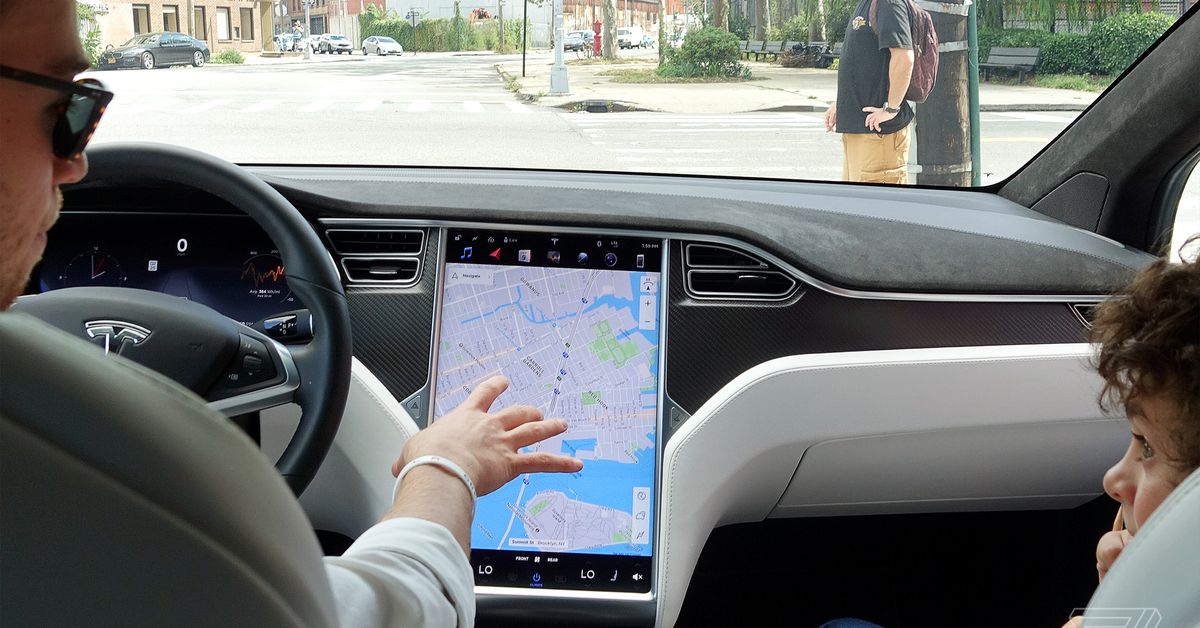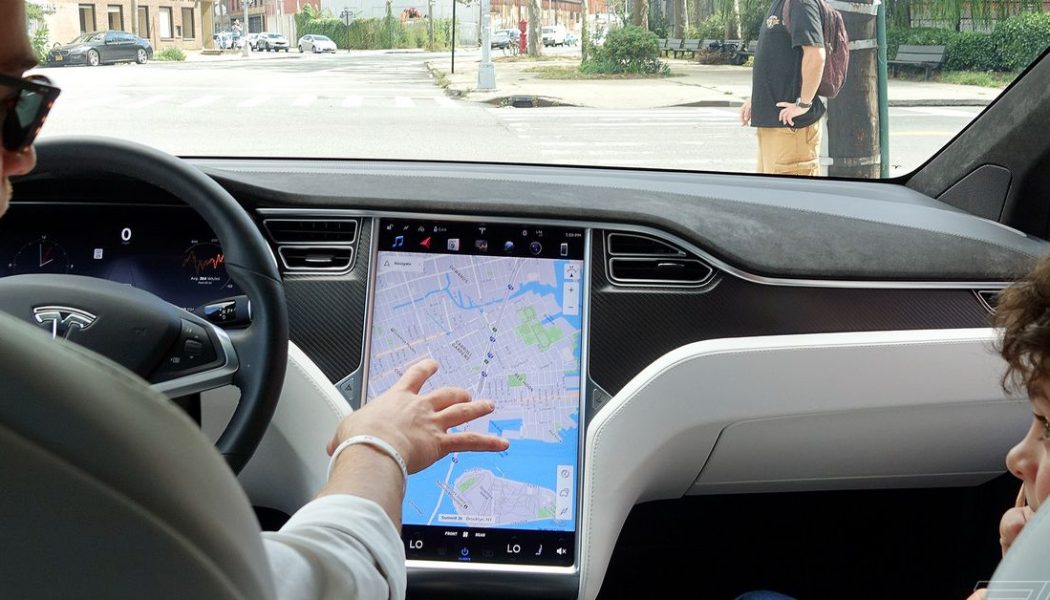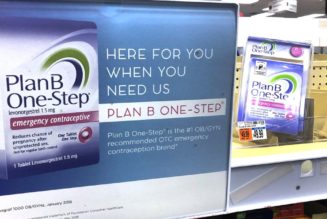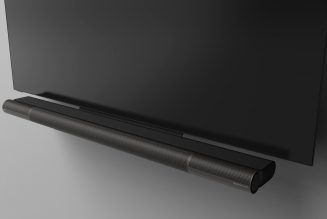
The National Highway Traffic Safety Administration has asked Tesla to recall some 158,000 Model S and Model X vehicles that could suffer from failing display consoles, according to a letter published by the agency on Wednesday. The failures of the so-called “media control units” in these vehicles can sever the owner’s access to their vehicle’s backup camera, climate controls, and Tesla’s Autopilot driver assistance system, increasing the risk of a crash, the safety agency says.
The problem at the heart of the defect that NHTSA wants Tesla to fix involves worn-out flash memory chips used in the displays of 2012-2018 Model S sedans and 2016-2018 Model X SUVs. Each time an owner turns on one of these Teslas, it eats away at the total capacity of the the 8GB eMMC NAND flash memory chip onboard the NVIDIA Tegra 3 processor that powers the displays. When that capacity is reached — usually about five to six years later, the agency says — the displays become bricked. Motherboard first reported on the issue in 2019.
NHTSA opened a formal investigation into the problem last June, and said Wednesday that the probe is still ongoing despite the request that Tesla recall the vehicles. It’s unclear if Tesla will comply. The company did not immediately respond to a request for comment.
In the letter, NHTSA acknowledges that Tesla has issued over-the-air software updates meant to mitigate the failures, but the agency believes those don’t go far enough — especially because the problem cuts access to the backup camera, which is now a federally mandated feature. “[T]hese updates are procedurally and substantively insufficient,” the agency writes.
While Tesla popularized the use of large touchscreen displays in cars, it had more than one problem with these earlier models. Beyond the flash memory issue at the heart of NHTSA’s recall request, early Tesla displays also suffered from bubbling and yellow banding since they were not up to typical automotive standards.










